Entrepreneur Profiles
GuiaBolso Talks Revolutionizing Personal Finance for 3m+ Brazilians & US$39m Series D
18 October 2017
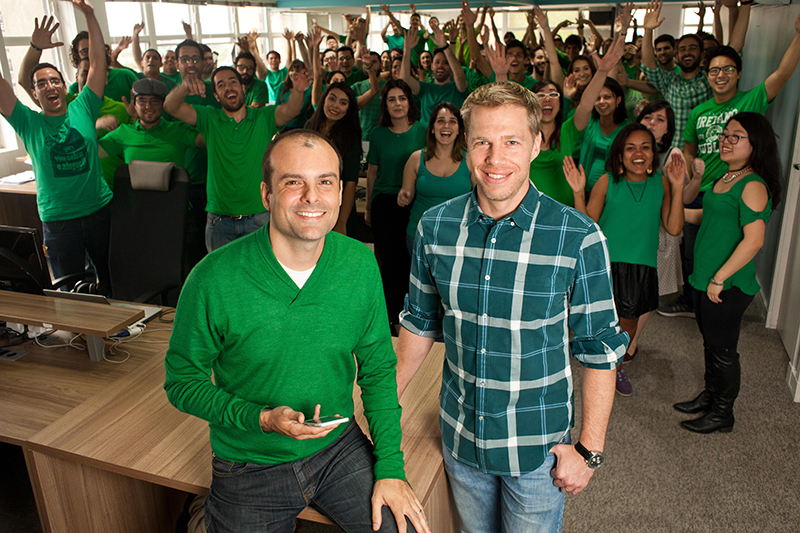
Company: GuiaBolso
Co-Founders: Benjamin Gleason, Thiago Alvarez
Investors: Vostok Emerging Finance, the IFC, QED Investors, Ribbit Capital, KaszeK Ventures, Omidyar Network, Valor Capital, e.Bricks, Endeavor Catalyst
GuiaBolso is a mobile personal finance service offering financial management tools and a credit marketplace to over three million Brazilians per month. GuiaBolso raised a US$39m Series D from Vostok Emerging Finance, Ribbit Capital, QED Investors, the IFC, Endeavor Catalyst and Omidyar Network.
Previous funding: The IFC led a R$60m Series C in 2015, with KaszeK Ventures and QED Investors. QED, KaszeK and Omidyar also participated in the R$22M Series B with e.Bricks and Valor Capital; KaszeK Ventures led the US$3m Series A in 2014, with participation from Valor and e.Bricks, who made a US$1M seed investment in 2013.
In this interview with co-founder Ben Gleason, we get current on GuiaBolso’s progress building Brazil’s largest digital marketplace for credit products (by origination volume).
LAVCA: GuiaBolso has evolved significantly from a few years ago, when the product was a Mint-style personal finance app. What is your current product offering and traction in the Brazilian market?
Benjamin Gleason: From the beginning of GuiaBolso, our goal has always been to offer the best solutions to help Brazilian consumers improve their financial well-being. Our first product was Brazil’s first automatic personal financial management app, driven by our proprietary bank account aggregation technology that let us put users’ financial information back in their control and in a much more intuitive, organized manner. We launched the iPhone app at the end of July 2014 and in just a few weeks became the most downloaded finance app in Brazil. We now have over 3.5 million app users (including Android), and have reached the #1 position overall in the AppStore several times.
From a product perspective, we expanded our services to include access to much cheaper credit products – starting with personal loans for debt consolidation – both in the app and directly via our JustOnline credit marketplace. We started with credit products because we understand that in Brazil consumers still pay a lot of money on loans because the information is not used in their favor, but the company will increasingly offer a wider range of options. Next we will launch additional product offerings to give users a full financial hub experience.
LAVCA: When did you launch the credit marketplace?
Benjamin Gleason: The credit marketplace in the GuiaBolso app was launched in the middle of 2016 and our credit platform just in February of this year. We started to scale significantly this year, including raising US$70m in debt for a lending facility, and partnering with the 6th largest retail bank in Brazil (Banco Votorantim).
LAVCA: What kinds of credit products does GuiaBolso offer and how does the offering compare to what your customers would otherwise have access to?
Benjamin Gleason: GuiaBolso has built Brazil’s largest digital marketplace for credit products by origination volume. The company offers on its platform both personal loan options from partner banks and from Just. Our interest rate starts at 2.8% per month and our average is around 4%. On the other hand, in the Brazilian market the rates for personal loans are 7.2% per month and for credit card revolver this rises to 14.3%, according to the latest survey by the Central Bank of Brazil. In 88% of cases, we offer our users a loan at a lower interest rate than they would get in the market.
LAVCA: Early in your research into Brazil’s credit market, you observed that many people looking for financial guidance online were in Brazil’s emerging Class C, with debt or budget balancing issues. What is the demographic you are currently serving with GuiaBolso’s credit products?
Benjamin Gleason: GuiaBolso’s marketplace serves different audiences. It is a mistake to think that in Brazil only the C and D classes are indebted. It is common even for high-income consumers to be indebted with expensive forms of credit like credit card revolver and account overdraft. By offering a better product and applying risk-based pricing, our credit marketplace offers reduced rates to all users that are better matched to individual risk levels independent of social class.
Benjamin Gleason: The average monthly income of our app users is US$1,590 (5,000 reais) and the age group is mostly (51%) between 25 and 34 years. In relation to gender, 73% of our base is male and 27% female.
LAVCA: How does GuiaBolso make money?
Benjamin Gleason: We make money by intermediating the match of credit products between users and partners. By offering the best loan products at the best rates, we have a high conversion rate (more users approved) that leads to high satisfaction for users and better efficiency for partners. We end up receiving a commission based on how much we improve the overall process, so our interests are very aligned with both sides of the marketplace.
We end up receiving a commission based on how much we improve the overall process, so our interests are very aligned with both sides of the marketplace.
LAVCA: Are Brazilian consumers worse off now versus a few years ago, in terms of purchasing power, ability to pay off debt, or other metrics?
Benjamin Gleason: The budget of Brazilian families still feels the effects of two years of recession and a modest recovery of the economy in 2017. But the worst is over and the signs are of gradual improvement in the finances of consumers. GuiaBolso calculates an indicator called “Financial Health”, which measures on a scale between 0-700 how the finances of Brazilians are, based on three parameters: debts, investments and cash flow. At the height of the crisis, in July 2015, the Index scored 388 points, the worst result ever recorded by the survey. From 2015 to July 2017, the indicator rebounded to 416 points, the best performance in two years. We believe that Brazilians still invest little but have improved their cash flow.
LAVCA: GuiaBolso has a long list of investors, many who participated in multiple rounds. How have your investors helped you so far?
Benjamin Gleason: We have a very complementary set of investors that have a high degree of specialization around specific topics that are relevant for us. For example, Kaszek understands very well the Brazilian market and digital products. Ribbit and our new investor Vostok are focused on fintech, particularly in emerging markets, and QED Investors has deep expertise in credit businesses. IFC provides a strong institutional presence in this regulated market and Omidyar helps us measure/increase our social impact. The list goes on to include other backers, including angel investors with specific skills (eg. Neil Daswani at Lifelock, who is an internet security expert).
We have a very complementary set of investors that have a high degree of specialization around specific topics that are relevant for us.
LAVCA: What’s next for GuiaBolso?
Benjamin Gleason: We are transforming GuiaBolso into a robust financial hub where users can access their complete financial profile, make better decisions around spending, and have access to a curated selection of products matched to their needs. With the new round of investment, we will expand our credit offerings and offer new product options such as investments and credit cards, likely via partners but in a fully integrated way within our digital platform.
You may be interested in...
-
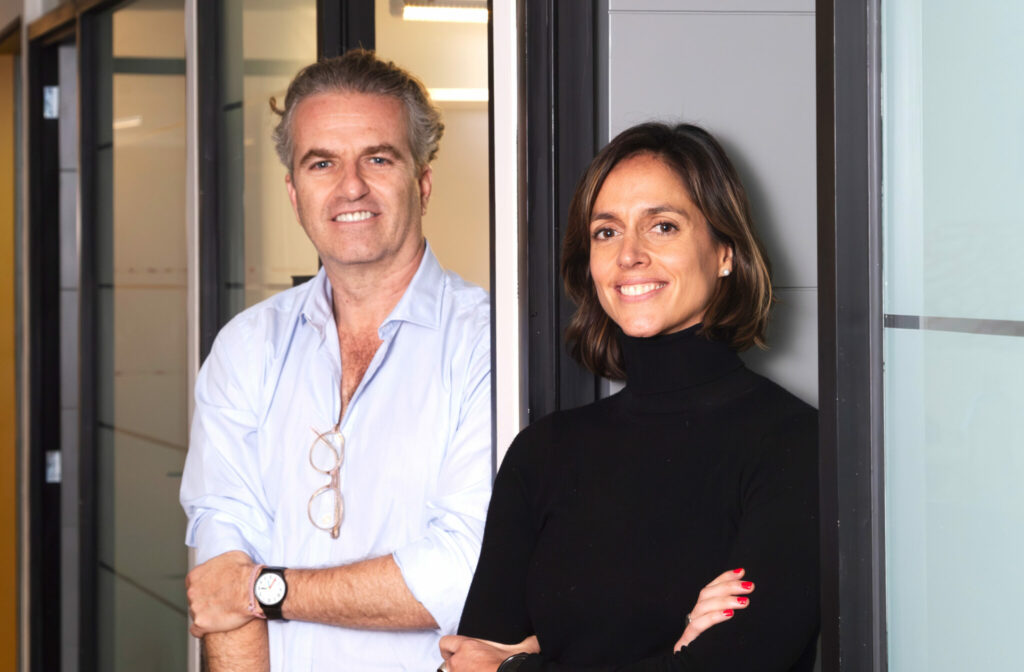
Is AI a Thing in Latin America? In Conversation with Hi Ventures
LAVCA sits down with Hi Venture to discuss their evolving thesis and vision for...
-
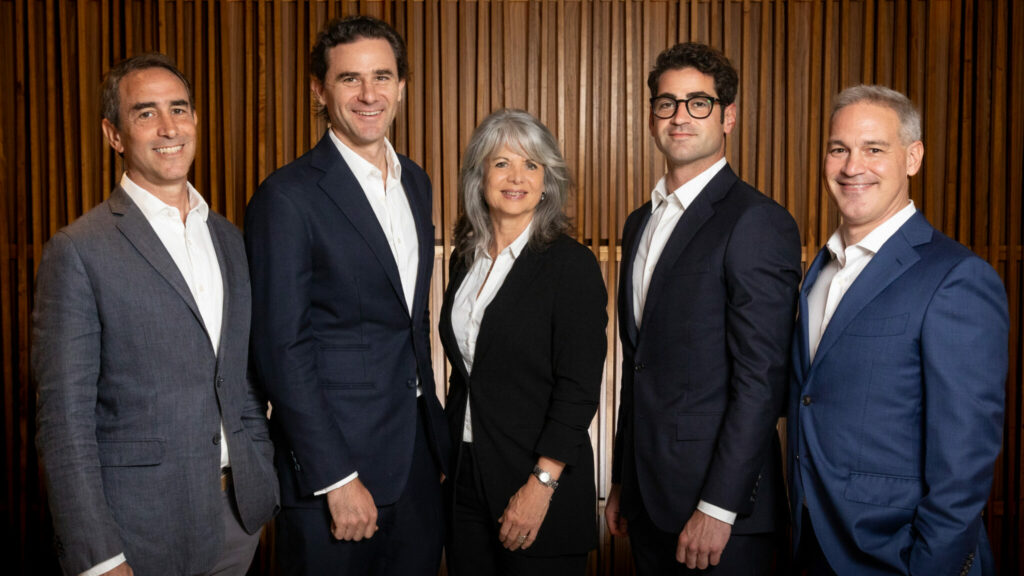
The Future of B2B Startup Investing in LatAm: In Conversation with NXTP
NXTP Ventures recently reached a USD98m final close for NXTP Fund III, its third...
-
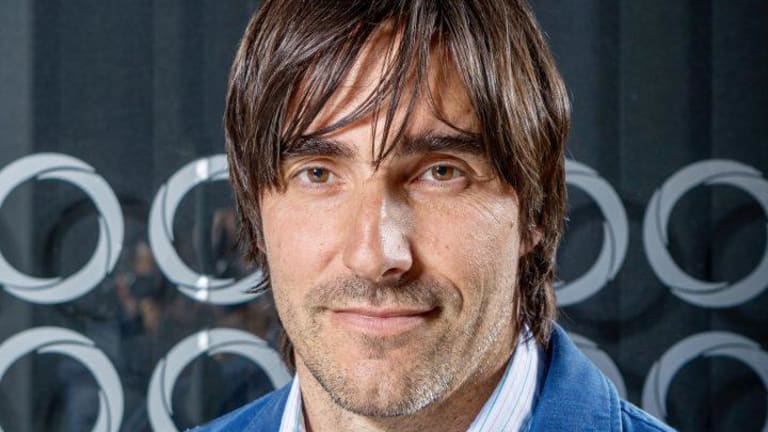
A 20-Year Journey: An Interview with Technisys CEO Miguel Santos
Company: Technisys Investors: KASZEK, Dalus Capital, Riverwood Capital Interview...
-
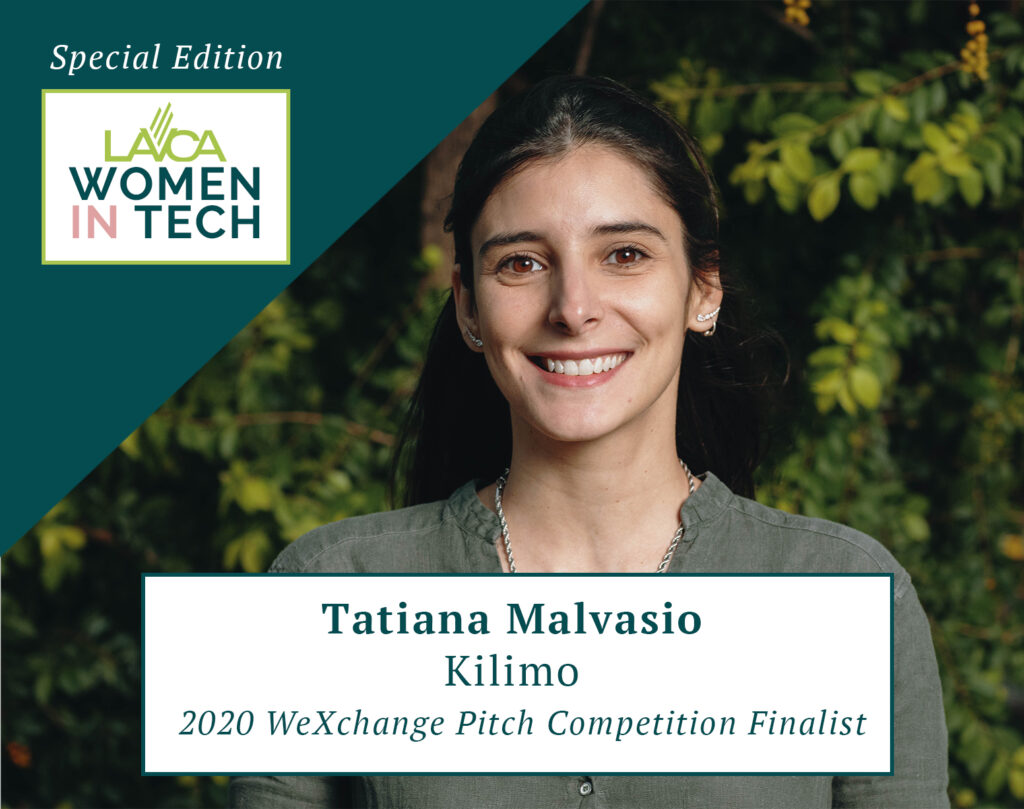
Satellite Analytics & Irrigation Systems: Interview with Kilimo COO Tatiana Malvasio
Company: Kilimo Investors: NXTP Ventures, Alaya Capital, The Yield Lab, Xpand...